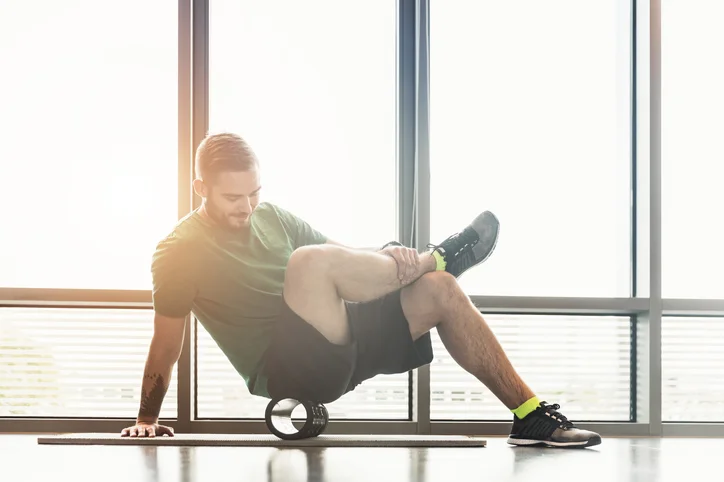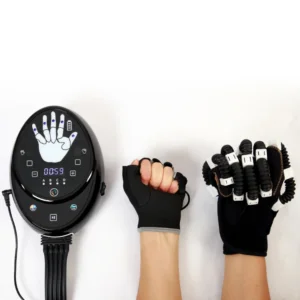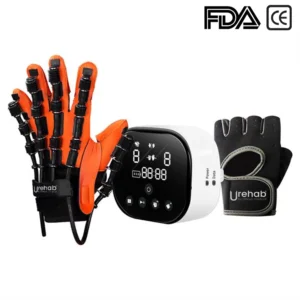Passive rehabilitation exercises enhance your flexibility and how far you can move your joints in different directions. Also known as passive Range of Motion (ROM) exercises, these exercises are considered passive because you simply don’t exert any effort. Instead, someone helps you move your muscles and joints through their full range of motion for you. Or you can simply rely on passive rehabilitation devices such as the Portable Rehab Gloves: Vrehab-M2
Who Needs Passive Rehabilitation Exercises?
Passive range of motion exercises is great for patients with hemiplegia (paralysis on one extremity of the body) or spasticity (stiff and tight muscles usually occur after neurological injury).
When you are unable to move your hand on your own, passive exercise allows a therapist to move your body for you. Although passive rehabilitation exercise does not require effort on the patient’s behalf, the movement still carries many benefits.
For example, hand movement improves blood flow in the affected areas and boosts sensory stimulation to the impaired limb. Passive stretching also helps to prevent spasticity from declining.
Passive exercises provide the most effective benefits when they are used consistently in the long run. Consistent repetition of therapeutic movements greatly helps to spark neuroplasticity (the mechanism the brain uses to rewire itself)
How can Vrehab help with Passive Excercises?
Portable Rehab Gloves: Vrehab-M2 is a portable home-based rehabilitation device that supports passive exercises. The Vrehab-M2 can be used from the comfort of the patient’s home without taking the hassle of visiting a therapist. The robotic gloves could flex and extend the patients to perform their daily passive rehabilitation exercises independently, without needing someone to help.



